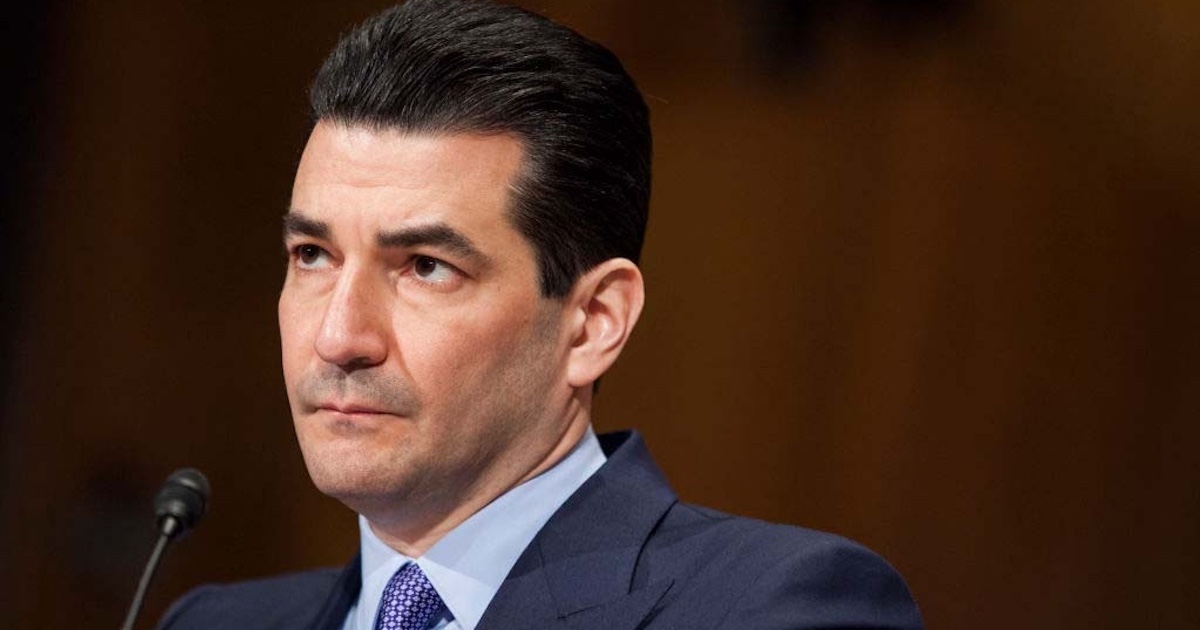It's no surprise that the new wave of healthcare is all about the mobile end-user. More than 40,000 health and fitness apps now available to the public vividly support that point.
What is changing, however, is a growing realization that health expectations are now shaped in the consumer world. And that calls for a shift in perception - viewing patients as consumers - to enhance care and drive out costs.
"We need to pay attention to the emotions of the people we serve. A spike in emotion can be indicative of an at-risk individual or an unmet need," said Amy Cueva, founder of Mad*Pow, a design agency that works to improve the experiences people have with technology, during a Monday morning session at the mHealth Summit. "If we look at the peaks and valleys in engagement, that will show us where things are going wrong and where we need to focus."
The company took that approach with an HIV adherence application it designed for the Centers for Disease Control. The app connects lab results with medication adherence so that people can see why their results improve. It also uses a "buddy system" to bring in a social component in the quest for improved adherence.
"We're long past trying to influence consumer behavior - we need to leverage it," said Janet Schijns, vice president of global verticals and channel marketing for Verizon Enterprise Solutions. "We need to follow the consumers and innovate on top of that. Consumers want to be loyal to those who can provide meaningful information in the minute that matters."
"And nine times out of 10, they're looking for a crowd-sourced piece of information that helps to enhance their intelligence about their condition," Schijns said.
How can the industry respond?
The evolving engagement landscape must be seamless and "omni-channel," said Adam Pellegrini, vice president of digital health at Walgreens. "Whatever you do should very conveniently transition from online to offline back to online. It must give consumers what they want, when they want it, wherever they are. And they shouldn't have to think about what device they're using."
Scott Snyder, PhD, president of Mobiquity, sees consumers buying in if they see a clear benefit. For example, they might be willing to expose their health profiles to increase their chances of participating in clinical trials.
"We have to ratchet the privacy vs. benefit tradeoff," he said. "The more you put the patient in control of privacy, the more they will share. They will feel like they are controlling their data and who they'll share it with."
The bottom line, according to Jon West, director of sales for QLess, is ensuring transparency of information to consumers.
"If you want to see your physician, an app may let you jump in line through your mobile phone with a call or SMS message," he said. "And you get feedback immediately from that process, such as information about the pending appointment and what forms you might need to complete. We need to enhance consumer understanding about what to expect."


